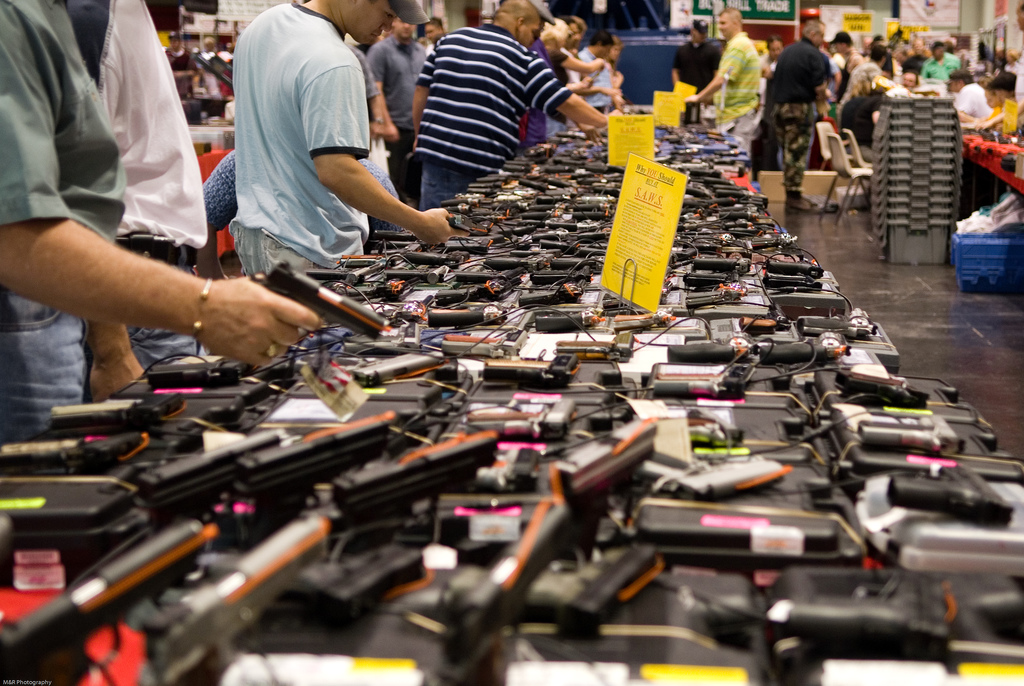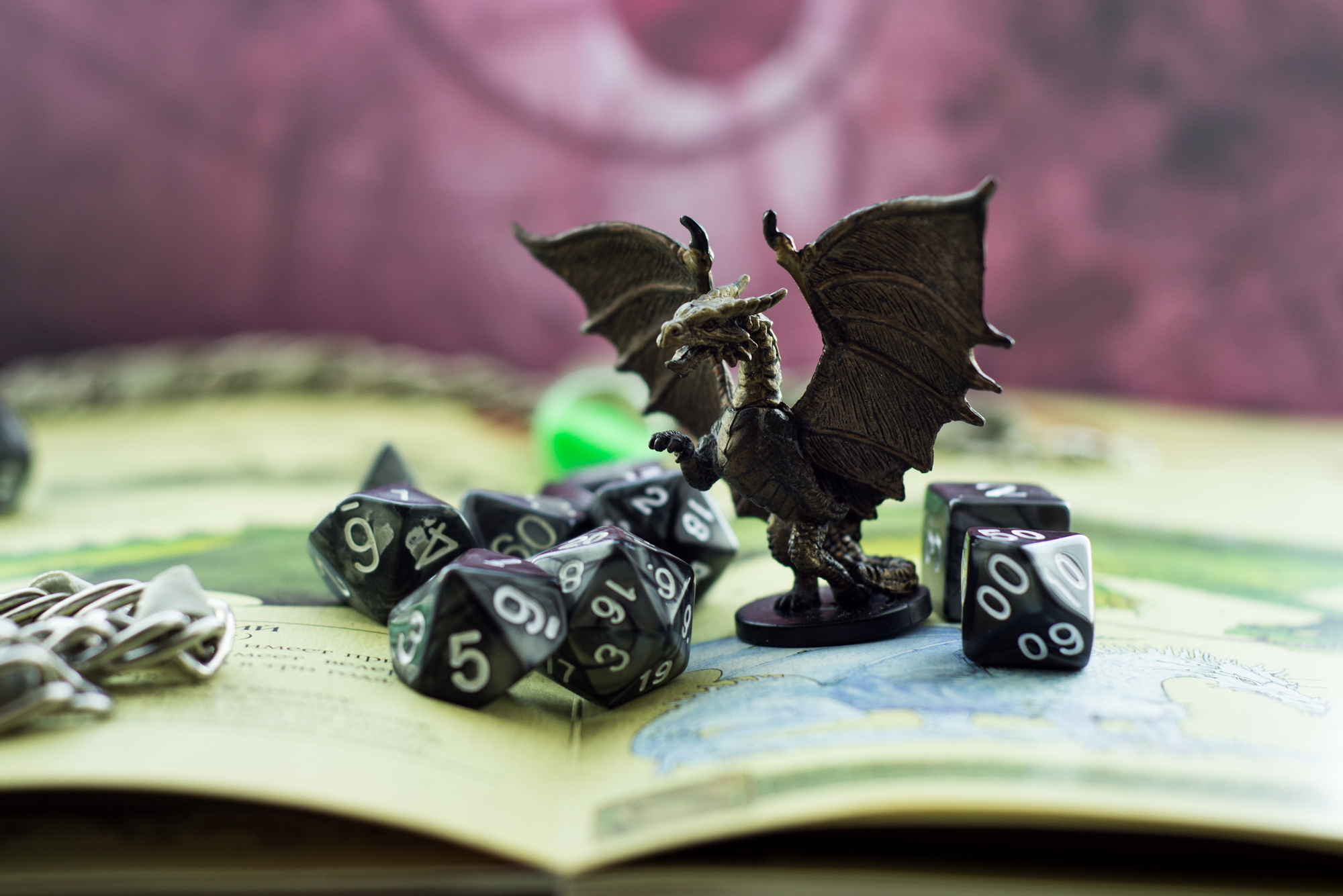This and That: The NRA’s Firearm Fairy Tales
Last week, the New York Times reported that, thanks to a set of fairy tales creatively recreated by the National Rifle Association, children can now read their favorite fairy tales from the perspective of if the characters had guns.
In the retelling, Little Red Riding hood confidently tromps through the forest with a rifle across her back, and Hansel and Gretel hold the wicked witch off at gunpoint. Even the Grandma, the unfortunate first casualty of the traditional Little Red Riding Hood story, now has a shotgun she makes use of to hold the wolf at bay.
Connor McAndrew: The Dangerous Context of the NRA’s Fairy Tales
National Rifle Association proponents argue that by retelling these classic stories from the perspective of a gun owner, children learn the benefits of firearm ownership. They learn that the world is a dangerous place and that a firearm can make that world safe. Moreover, the stories imply that certain doom awaits if one indeed does not have a firearm.
What is wrong with this picture?
It is fantasy. Just as much of a pipe dream as the original stories themselves. Something seems strange about indoctrinating children into gun ownership at such an early age and portraying guns as a positive protective force that always works for the good guys and keeps the bad guys away.
Where in the story does Hansel scold Gretel for pointing the rifle at his face as he climbs over a fence? Where in the story does Grandma absentmindedly reach into her gun bag and accidentally load a 20-gauge shell into her 12 gauge shotgun?
This is an irresponsible representation of firearms targeted at society’s most vulnerable group of minds. Guns are represented as cool and interesting across the board in cinema and media, but for a group claiming to represent responsible gun ownership to encourage cartoon-y portrayals of firearms aimed at children is somewhat irresponsible. Such absurd portrayals of weapons may only encourage children to satisfy their curiosity and play with their parent’s weapons. According to Everytown for Gun Safety, a gun violence awareness organization, children in the United States are sixteen times more likely to die because of a firearm than in other similarly developed nations. What does this say about how we are talking about guns to our kids?
The majority of the responsibility for this statistic lies in a combination of the sheer amount of guns present in the United States and irresponsible gun ownership on the part of adults. But the influence of American gun culture, which continues to portray guns as safe, fun, tools for the good guys can’t be understated in understanding the appeal guns hold for many children.
Guns deserve a responsible, objective representation in the media. They must be depicted realistically, for the harm they can cause and the respect with which they must be treated. To portray firearms in any other way is disrespectful to the power of guns and a represents a flawed understanding of gun safety.
Conner Gordon: Gun-Focused Fairy Tales Light on Substance
It is not particularly difficult to see why the NRA’s retelling of children’s stories is problematic. First impressions easily lead pro-gun control individuals (myself included) to write off the move as a heavy-handed attempt to instill pro-gun values in the next generation. When considering the nature of the stories – “Little Red Riding Hood (Has a Gun),” for example – this certainly appears to be the case. Yet, despite their disturbing appearance and context, the substance of the stories still merits consideration.
Foremost among the stated defenses for the NRA’s retelling is the educational value of the stories in teaching gun safety. The author, Amelia Hamilton, noted this fact, arguing that her renditions of the stories promoted gun safety and made the stories more kid-friendly. No longer are the wolf of “Little Red Riding Hood” or the witch in “Hansel and Gretel” frightening, uncontrollable threats. By including guns in the story, Hamilton argues that her telling gives the protagonists chances to fight back, avoiding the “grim” outcomes of the original tales.
Certainly, Hamilton’s intentions may have been in the right place. However, both in narrative form and reality, the stories do not do enough to adequately address gun safety. This trend starts with the stories themselves; besides vague allusions to the protagonists taking gun safety lessons at some point, the works offer no concrete gun safety tips for children. This choice is a particularly irresponsible presentation, considering that over 500 children have died from gun violence in the United States over the past three years. While Hamilton’s stories certainly could have functioned as effective narratives to teach kids about gun safety, the actual substance of their lessons is lacking.
Even if Hamilton’s stories contained concrete gun safety tips, however, their overall themes would still send a dangerous message. Throughout both of the stories, guns are presented as a means to confront life’s bad guys and solve problems. Little Red Riding Hood scares the wolf away with a rifle slung over her shoulder, and Hansel and Gretel use firearms unsupervised to hunt food for their family. The message communicated by these stories is clear: buy a gun, it will keep you safe from the things that scare you. While it may seem a compelling reason for gun ownership, research suggests just the opposite. In fact, having a gun in the home has been shown to make one less safe on average, even if one follows the proper safety measures for storing and maintaining the weapon. While it is unsurprising that a post on the NRA Family blog does not address this data, the idea that guns increase one’s personal safety is still a disconcerting notion to teach children through popular fairytales without proper context.
Despite the flaws in Hamilton’s works, some good may come out of them. I am sure that some pro-gun parents will read the stories to their children, ideally in a way that brings in more substantive gun safety knowledge and addresses the works’ shortcomings. Yet the factual and safety gaps in the stories are biased at best, and, at worst, dangerous. And while it would be unrealistic to assume the NRA would contradict their own interests by illuminating the dangers of gun ownership, one can hope future stories treat gun safety a bit more responsibly.





